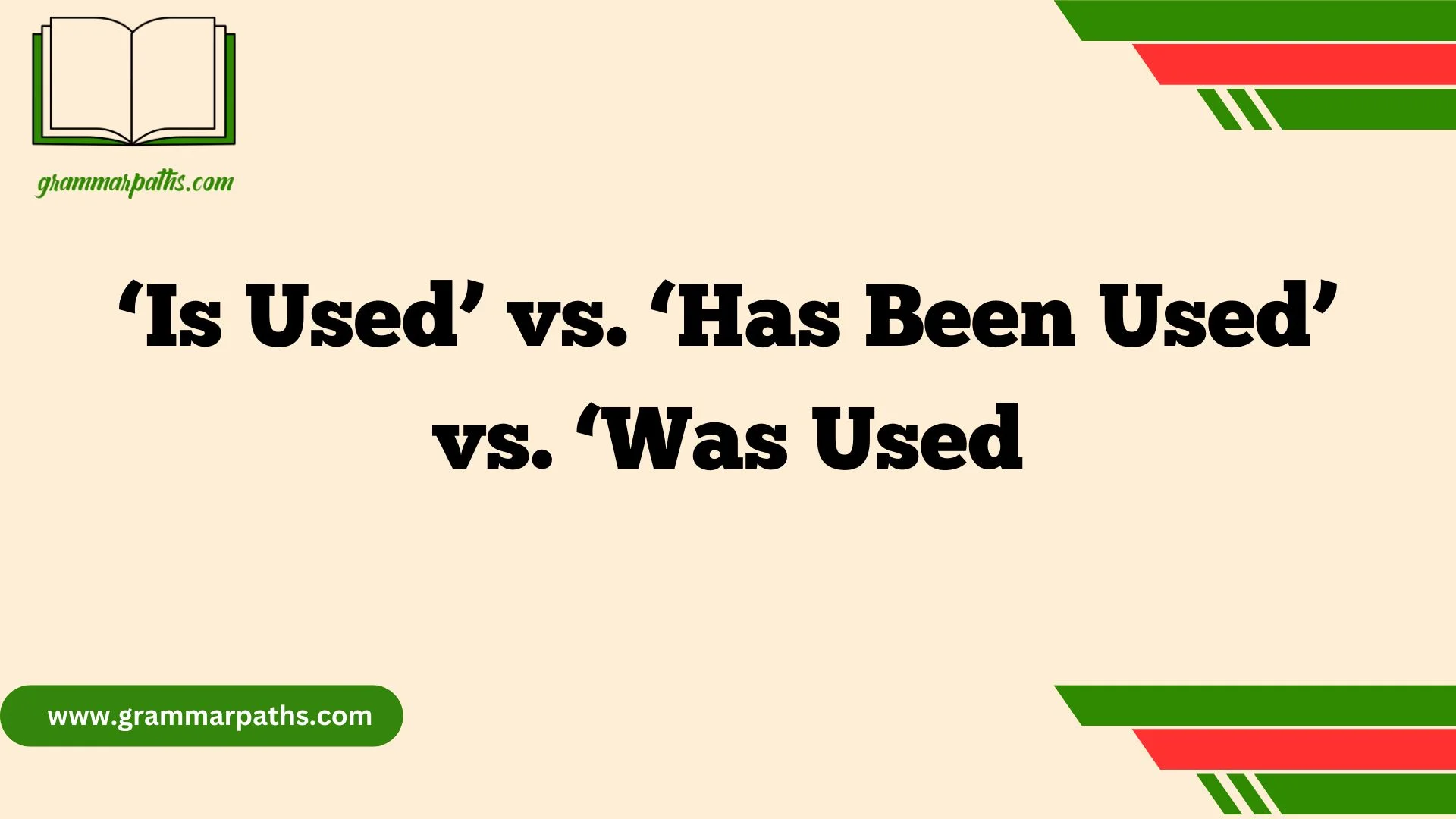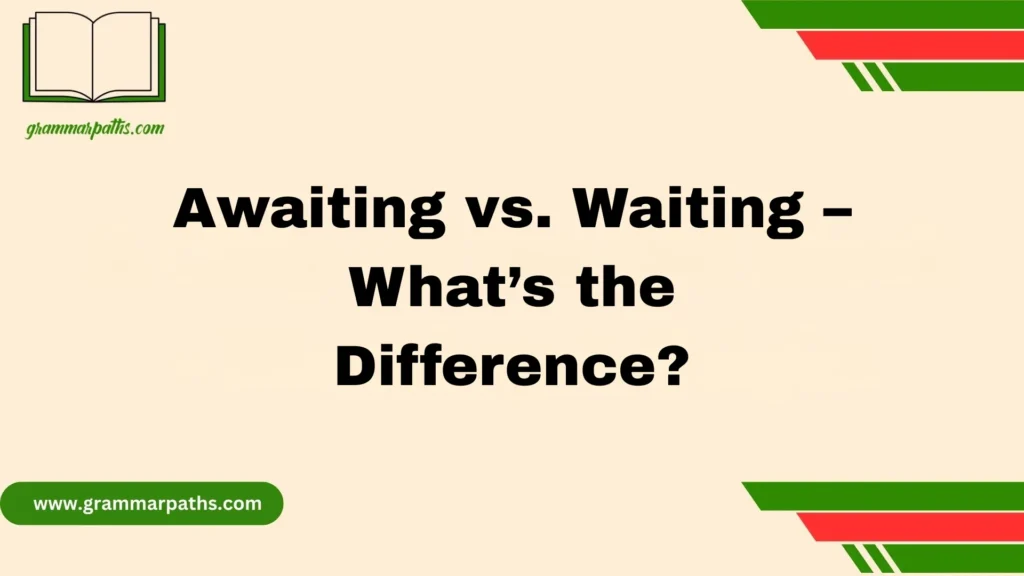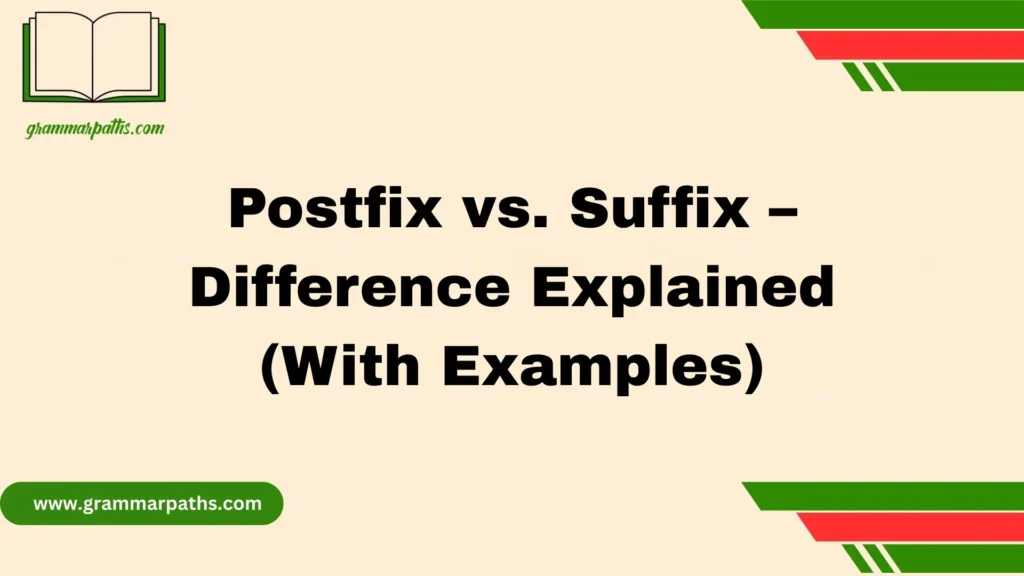Understanding the subtle differences between “is used,” “has been used,” and “was used” can be tricky—even for native English speakers. But mastering these passive voice constructions is a powerful way to sharpen your grammar, whether you’re writing emails, taking exams, or just trying to speak with clarity.
In this post, we’ll break everything down step-by-step. You’ll walk away knowing exactly when and how to use each phrase, with real examples, comparisons, visuals, and tips that’ll make things click.
Why Verb Tense Mastery Matters in Real-World English
Let’s be honest—verb tenses are the heartbeat of English grammar. They shape how your message is received.
Using the wrong verb tense can:
- Confuse your reader
- Distort your intended meaning
- Make your writing sound unnatural or incorrect
In business? It might cost you clarity. In academics? It could hurt your credibility. Even casual conversations can feel off if tenses are used improperly.
“Grammar is the structure of communication. If you change the structure, you change the meaning.” — Linguist Geoffrey Pullum
That’s why mastering “is used,” “has been used,” and “was used” isn’t just a grammar lesson—it’s a communication upgrade.
The Grammar Foundations You Need First
Before diving into the differences, let’s get the grammar straight.
Tenses at a Glance
| Tense | When It Happens | Example |
| Present | Now or regularly | “She eats breakfast.” |
| Past | Already happened | “He drove to work.” |
| Present Perfect | Happened before now, still relevant | “They have finished.” |
Passive Voice 101
All three phrases—“is used,” “has been used,” and “was used”—are in the passive voice. That means the object of the action becomes the subject of the sentence.
Compare:
- Active: “People use this software.”
- Passive: “This software is used by people.”
Why use passive voice?
- To focus on the object rather than the doer
- When the doer is unknown or irrelevant
- For a more formal tone, especially in writing
Breaking Down the Core Structures
Let’s look at each phrase and what makes it unique.
What Does ‘Is Used’ Actually Mean?
- Tense: Present Simple
- Voice: Passive
- Function: Describes a regular, general, or habitual action happening now or always.
Example Sentences:
- “Plastic is used in many packaging materials.”
- “This method is used in modern classrooms.”
This phrase is perfect when you’re talking about something ongoing or factual. It’s a statement of reality.
Common Usage Areas:
- Instructional texts
- Scientific explanations
- Technical writing
- Formal writing
When and Why to Use ‘Has Been Used’
- Tense: Present Perfect
- Voice: Passive
- Function: Refers to a past action with current relevance. Something happened and still matters.
Example Sentences:
- “This formula has been used successfully in multiple case studies.”
- “That code has been used to build several platforms.”
This form is used when you want to connect past and present. The action happened before now, but its effects are still felt.
Key Clues to Use It:
- When there’s ongoing relevance
- When the exact time isn’t important
- When you’re emphasizing experience or result
What ‘Was Used’ Really Tells the Reader
- Tense: Past Simple
- Voice: Passive
- Function: Refers to something completely done in the past, with no tie to the present.
Example Sentences:
- “The old logo was used from 2001 to 2010.”
- “This strategy was used during the campaign last year.”
Use “was used” when:
- The time is specific
- The event is completed
- There’s no ongoing impact
Side-by-Side Comparisons That Make the Difference Clear
Structural Comparison Table
| Phrase | Tense | Voice | Best Used When… |
| is used | Present Simple | Passive | Describing current or habitual actions |
| has been used | Present Perfect | Passive | Highlighting past actions with present impact |
| was used | Past Simple | Passive | Referring to a specific completed past action |
Real-World Example Table
| Context | Correct Phrase | Example Sentence |
| Tech adoption | has been used | “AI has been used to automate processes.” |
| Historical event | was used | “Gaslighting was used as a political tactic.” |
| General practice | is used | “Zoom is used for remote meetings.” |
Common Pitfalls Learners Should Watch Out For
Even advanced learners trip up here. Watch out for:
1. Confusing “Has Been Used” with “Was Used”
- “This model was used in recent reports.”
(Use “has been used” if those reports are still relevant.) - “This model has been used in recent reports.”
2. Overusing the Passive Voice
- Passive can sound distant if overused.
- Balance it with active voice for natural flow.
3. Forgetting Context Clues
Look for:
- Time words: “recently,” “in 2021,” “usually”
- Tone: Are you explaining, reporting, or storytelling?
How to Choose the Right Form in Any Context
Ask These Three Questions:
- When did the action happen?
- Is it still relevant or completed?
- Is the doer important or not?
Grammar in Action: Case Studies from Real English
Let’s look at how professionals make these choices daily.
Case Study 1: Business Email
Incorrect: “Your account was used to sign in. Please change your password.”
Correct: “Your account has been used to sign in. Please change your password.”
Why? Because the event just happened and may still be ongoing or risky.
Case Study 2: Academic Writing
“This algorithm has been used extensively in prior studies to optimize outcomes.”
Why it works: Connects the past research to the current paper’s thesis.
Case Study 3: Everyday Speaking
“This type of pump is used for aquariums and ponds.”
Sounds natural, clear, and grounded in a general truth.
Expert Tips for Mastering Passive Tense Usage
- Use context clues like time expressions to pick the right tense.
- Practice transforming active to passive to understand structures.
- Balance passive voice with active to keep writing dynamic.
Practice Exercise: Fix the Tense
Try correcting these:
- “This medication was used in recent treatments.”
- “AI has been used since 2020, and it’s still evolving.”
- “This app is used by companies worldwide.”
Answers:
- “This medication has been used in recent treatments.”
- Already correct
- Already correct
Conclusion:
Remember, “is used” talks about present facts, “has been used” links past actions to the present, and “was used” refers to completed events. Using these forms correctly will make your writing sharper, your speaking clearer, and your message more powerful.
So next time you’re unsure, think about when the action happened and whether it still matters. That simple step will elevate your English instantly.
Keep practicing, stay curious, and watch how this small grammar tweak transforms your communication!
FAQs on ‘Is Used’ vs. ‘Has Been Used’ vs. ‘Was Used’
Can I use these phrases interchangeably?
No. Each has a specific time and purpose. Switching them can distort meaning.
Do native speakers always use them correctly?
Honestly? No. But you’ll stand out by doing it right.
How can I practice?
Try converting active sentences to each passive form. For example:
- Active: “They apply the formula.”
- Passive Present: “The formula is used.”
- Passive Perfect: “The formula has been used.”
- Passive Past: “The formula was used.”

Emma Brooke is a passionate language expert and contributor at GrammarPaths.com, where she helps learners navigate the complexities of English grammar, idioms, and effective writing. With a strong academic background and years of teaching experience, Emma excels at turning tricky grammar rules into simple, practical lessons that readers can easily grasp.










